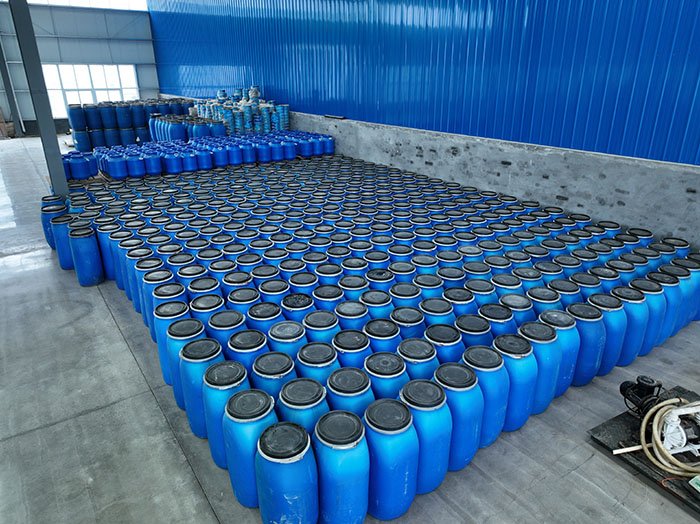Asphalt warm mix agent is an additive used to reduce the construction temperature of asphalt mixtures, which can reduce energy consumption and emissions while maintaining the performance of the mixture. The application method mainly includes the following steps:
1. Selection of Warm Mixing Agent Types
Select the appropriate type of warm mix agent based on production process and requirements:
Organic additives (such as Sasobit, Licomont): achieve warm mixing effect by reducing asphalt viscosity.
Chemical surfactants (such as Evotherm, Rediset): reduce mixing temperature by improving asphalt coating.
Foaming additives (such as Astec foam warm mixing technology): expand the asphalt volume through water or gas foaming to improve workability.
2. Addition method
(1) Directly added to asphalt
Applicable dosage form: Organic additives (such as wax).
Method: After heating the asphalt (usually 140-160 ℃), add the warm mix agent directly in proportion (usually 0.5%~3% asphalt mass) and stir until completely dissolved.
Attention: It is necessary to strictly control the temperature to avoid overheating and the decomposition of additives.
(2) Pre mix with aggregate
Applicable dosage form: Powdered chemical additives (such as Rediset).
Method: Mix the warm mix agent with the aggregate in the designed proportion (usually 0.3%~1% of the mixture mass) for 10-15 seconds, and then inject it into the asphalt for wet mixing.
(3) Foaming technology
Applicable dosage form: water-based foaming agent (such as Astec system).
Method: Inject a small amount of water (1%~3% of the asphalt mass) into the asphalt pumping pipeline.
The asphalt is instantly foamed by high-pressure steam or mechanical mixing, and the volume expands to form "foam asphalt". Immediately mix with the aggregate.
3. Temperature control
Mixing temperature: usually reduced by 20-40 ℃ compared to heat mix asphalt (HMA), depending on the type of additive:
Organic additives: The mixing temperature is about 120-140 ℃.
Chemical additives: The mixing temperature is about 100-130 ℃.
Foaming technology: The mixing temperature can be as low as 100-110 ℃.
Construction temperature: The paving and rolling temperature should be reduced accordingly to avoid rapid cooling of the mixture.
4. Production and construction of mixed materials
Mixing: Ensure that the warm mixing agent is evenly dispersed, and the mixing time can be slightly shorter than that of hot mixing (e.g. shortened by 5-10 seconds).
Transportation: It is necessary to cover with insulation tarpaulin to prevent rapid heat loss.
Paving: Similar to traditional techniques, but due to lower temperatures, the compaction time can be appropriately extended.
Rolling: The recommended initial rolling temperature is ≥ 90 ℃, and the final rolling temperature is ≥ 70 ℃ (adjusted according to the additive).
5. Precautions
Compatibility testing: Before use, the compatibility of the warm mix agent with asphalt and aggregate needs to be verified in the laboratory.
Performance verification: Check the Marshall stability, water stability, and other indicators of the warm mix mixture.
Environmental Protection and Safety: Some organic additives need to be avoided from evaporating at high temperatures, and ventilation protection is required during operation.
6. Typical application scenarios
Low temperature environment construction: Extend the construction season and reduce the risk of asphalt hardening in cold regions.
Long distance transportation: reduce temperature loss of the mixture and ensure on-site workability.
Tunnels or confined spaces: reduce smoke and harmful gas emissions, and improve the working environment for workers.
By reasonably selecting warm mix agents and adjusting processes, energy consumption and environmental pollution can be significantly reduced while ensuring road quality.


